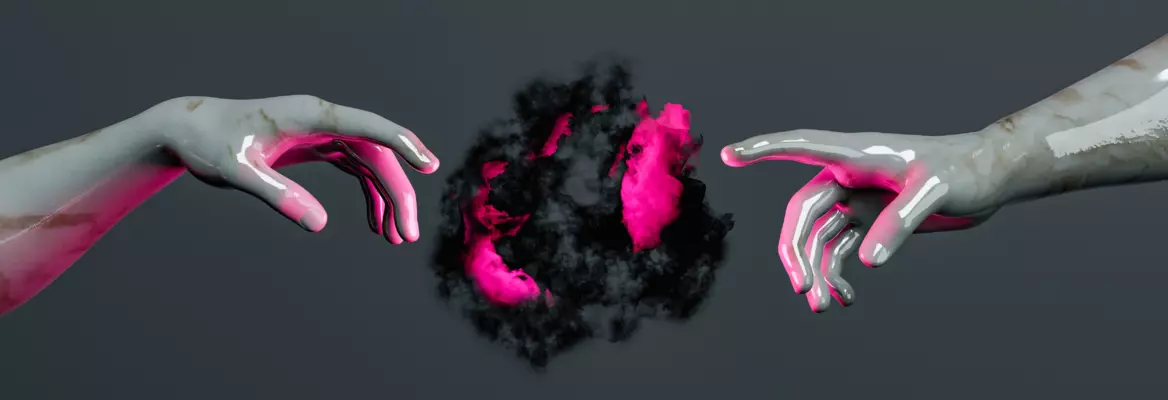Dark matter is a central but contentious part of the dominant model of cosmology. It has never been observed directly and is seen as an arbitrary add-on to Einstein's theory of gravity, just to make the data fit. MOND has for a long time been considered the most credible alternative theory of gravity, doing away with the need to postulate dark matter. But a recent study lead by Dr Indranil Banik, a past supporter of MOND, demonstrates that the theory is in fact wrong. The search for a more credible alternative continues.
According to the dominant paradigm in cosmology, the majority of the stuff that makes up our universe is not the ordinary matter we see around us, but something called dark matter. According to this standard model of cosmology, dark matter has a gravitational effect at large scales in the universe, effects that are not observable at smaller scales like our Solar System. The only problem is, no one has ever observed dark matter directly – its existence is only postulated by its supposed gravitational effect at large scales. I have been a critic of the dark matter hypothesis, and in the past have expressed an interest in its main alternative –Milgromian dynamics, or MOND for short. MOND has been heralded as making better sense of the data astronomers gather, and as having made accurate predictions, whereas dark matter theory has to retrospectively adjust to make sense of new data. But according to a recent paper I published along with colleagues, I show that MOND is in fact wrong. That leaves cosmology without an accurate or complete theory of gravity, opening up the prospect for a paradigm shift in our understanding of gravity.
One of the big mysteries in astrophysics today that has dark matter theorists clash with MOND supporters concerns the rotation speed of stars and gas in galaxies. As you go further from their centre, the rotation speed remains almost the same, even when you are far beyond the extent of the visible matter. These flat rotation curves are unlike the Solar System, where more distant planets orbit the Sun more slowly (in addition to facing a larger orbit). Scientists are unsure of how to solve this missing gravity problem in galaxies, but one leading idea is to add a halo of dark matter around each one, supposedly adding a gravitational pull. This solution, of course, is very speculative because nobody has ever seen the dark matter other than indirectly through the gravity it creates, making it plausible that the problem instead lies with our understanding of gravity.
 SUGGESTED READING
Cosmology’s crisis challenges scientific realism
By David Merritt
SUGGESTED READING
Cosmology’s crisis challenges scientific realism
By David Merritt
This is where MOND comes in as a potential alternative model of gravity. According to MOND, the gravitational field from a point mass declines according to the Newtonian inverse square law of gravity that we are all familiar with only when the strength of gravity is above a threshold called a0. Within this Newtonian regime, gravity becomes 4 times weaker at double the distance. Once gravity becomes weaker than a0, MOND postulates that gravity switches to an inverse distance decline, so it still weakens with distance – but now doubling the distance halves the gravity in the MOND regime.
___
Because MOND operates at low accelerations rather than beyond a fixed length, wide binary stars are perfect for testing out the theory.
___





















Join the conversation